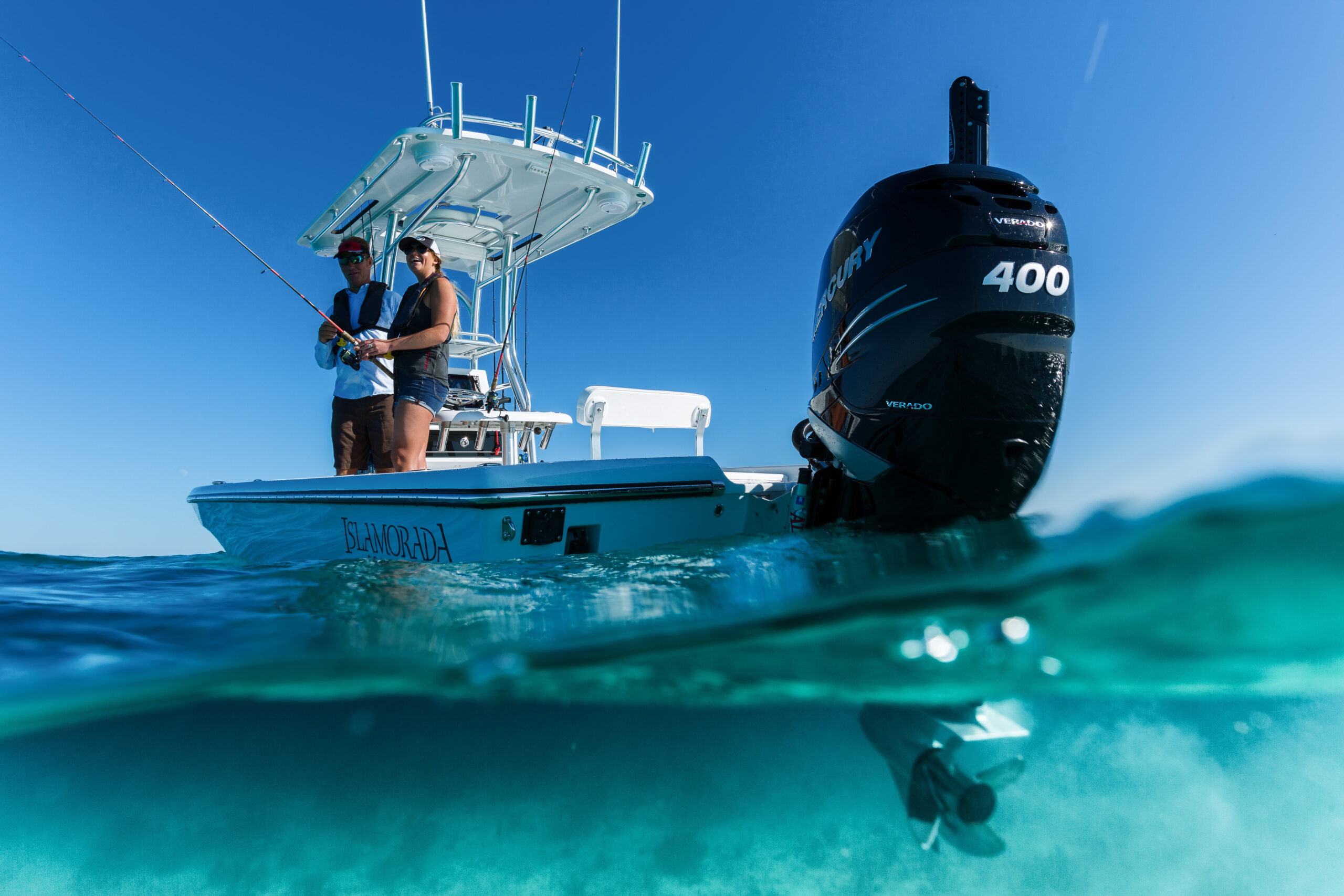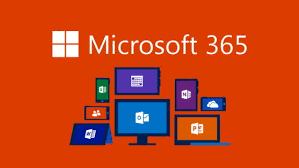Outboard Motors for Sale: Key Features to Consider Before Making a Purchase

When it comes to boating, the engine you choose plays a pivotal role in overall performance, fuel efficiency, and user experience. Outboard motors are a popular choice among boaters due to their ease of use, maintenance flexibility, and powerful propulsion. If you’re browsing outboard motors for sale, there are several key features you must evaluate before making an informed investment. This guide covers everything from engine type to shaft length, helping you find the right outboard motor to match your vessel and lifestyle.
Engine Type: Two-Stroke vs Four-Stroke
One of the most important decisions you’ll face when evaluating outboard motors for sale is choosing between a two-stroke and a four-stroke engine. Two-stroke motors are typically lighter and offer faster acceleration, making them suitable for smaller boats and high-speed activities. They also have a simpler design, often resulting in lower initial costs. However, they tend to be louder and less fuel-efficient.
Four-stroke motors, on the other hand, are more fuel-efficient and environmentally friendly due to cleaner emissions. They run quieter and smoother, making them ideal for longer trips and larger boats. Although they are generally heavier and more expensive, many boaters prefer their reliability and lower operating costs over time.
Horsepower and Performance
When looking at outboard motors for sale, horsepower (HP) is a fundamental consideration. The amount of horsepower you need depends on the size and weight of your boat and how you plan to use it. For casual cruising, a lower horsepower engine (under 50 HP) may suffice. For activities like water skiing, offshore fishing, or carrying multiple passengers, a more powerful motor (75 HP and above) is essential.
Selecting the correct horsepower ensures you’re not underpowering or overpowering your boat. Underpowered boats may struggle in strong currents or fail to plane properly, while overpowered setups can become unstable and unsafe.
Shaft Length and Boat Compatibility
Shaft length must match your boat’s transom height for optimal performance. Outboard motors are generally available in three standard shaft lengths: short (15 inches), long (20 inches), and extra-long (25 inches). If the shaft is too short, the propeller may ventilate or come out of the water. If it’s too long, it can cause excessive drag and reduce efficiency.
To determine the correct shaft length, measure from the top of the transom to the bottom of the hull. Matching this measurement with the motor’s shaft ensures smooth handling and reduces the risk of cavitation or other performance issues.
Fuel Efficiency and Tank Size
Fuel economy is a major concern for frequent boaters. Modern outboard motors, especially four-stroke models and those with direct fuel injection, offer superior fuel efficiency. When browsing outboard motors for sale, check specifications like fuel consumption per hour and the size of the fuel tank. Motors with better fuel efficiency allow for longer trips without refueling, reducing operating costs and increasing convenience.
Additionally, consider the location and capacity of the fuel tank—whether it’s built-in or external—as this affects the motor’s range and space usage on board.
Starting Mechanism and Controls
Outboard motors come with either manual or electric start systems. Manual start motors require pulling a cord, which can be difficult for some users, especially on larger engines. Electric start motors, powered by a battery, offer convenience and reliability with the push of a button. Some advanced models also include remote controls and digital displays for monitoring engine performance, RPMs, and diagnostics.
Another aspect to consider is tiller vs remote steering. Tiller-operated motors are simpler and commonly used on small boats, whereas remote-controlled motors provide more precision and comfort for larger vessels or extended trips.
Weight and Portability
Weight plays a significant role, especially if you frequently transport the motor or use it on smaller boats. Lightweight outboards are easier to mount, remove, and handle. Portable outboard motors, often used on dinghies, tenders, and small fishing boats, are typically under 100 pounds and easy to stow.
If you’re considering outboard motors for sale that will be moved regularly, prioritize lightweight models with carrying handles and compact design. Conversely, for permanent installations, weight becomes less critical than performance and fuel economy.
Cooling System: Air-Cooled vs Water-Cooled
Most modern outboard motors use a water-cooling system, which is more efficient and prevents overheating during extended use. However, air-cooled motors require less maintenance since they don’t involve water pumps or cooling passages that can get clogged.
Water-cooled engines are more suitable for marine environments and provide consistent performance over time. Air-cooled motors may be considered for use in shallow or muddy water conditions where water intake could become a problem.
Noise and Vibration Levels
Quiet operation is crucial for comfort, especially on longer trips or in calm waters. Four-stroke engines are generally quieter than two-stroke ones, and premium models often include advanced noise-reducing technology. Reduced vibration also contributes to a smoother ride and less fatigue.
When checking outboard motors for sale, pay attention to user reviews and manufacturer specifications regarding decibel ratings and anti-vibration features. A quieter engine enhances the overall boating experience, especially for fishing or family outings.
Brand Reputation and Warranty
Brand reputation speaks volumes about the reliability and longevity of an outboard motor. Established brands like Yamaha, Mercury, Honda, Suzuki, and Evinrude have proven track records for performance, durability, and customer service. While off-brand or budget options might seem appealing price-wise, they can often lack essential support and parts availability.
Always verify the warranty period and what it covers. A good warranty protects your investment and gives peace of mind, especially when dealing with a complex piece of machinery like an outboard engine.
Maintenance and Service Availability
Ease of maintenance should be a key consideration in your buying decision. Some outboard motors feature self-diagnostic systems and easy-access panels for oil changes and servicing. Consider how easy it is to find service centers or spare parts for the brand you choose.
Also, check if the motor includes maintenance-free features like sealed gearcases or self-flushing systems. These conveniences reduce long-term upkeep costs and downtime, allowing you to spend more time on the water.
Price vs Value
Outboard motors for sale come in a wide range of prices. While it might be tempting to go for the cheapest option, it’s important to evaluate overall value rather than just upfront cost. Think about fuel savings, durability, ease of maintenance, and resale value when making your decision.
Consider buying from authorized dealers or certified resellers to ensure product authenticity, warranty validity, and after-sales support. Buying second-hand? Have the motor inspected by a professional to check for wear, corrosion, or internal damage.
Final Thoughts
Choosing the right engine among various outboard motors for sale can be a rewarding yet complex decision. Factors such as engine type, horsepower, shaft length, fuel efficiency, weight, and brand reliability all contribute to the ideal fit for your boating needs. By evaluating each of these elements carefully, you can ensure a smooth, safe, and enjoyable experience on the water, whether you’re fishing, cruising, or simply enjoying nature.







